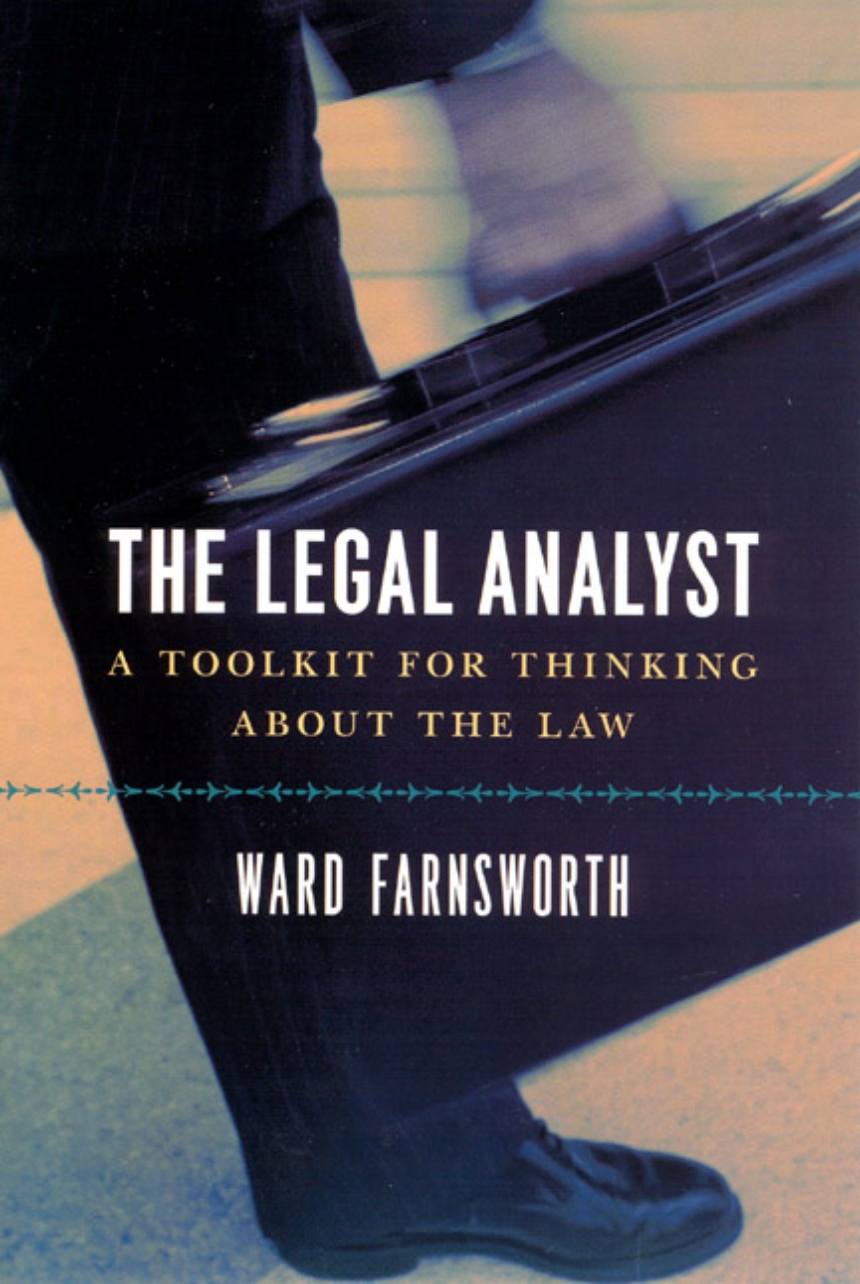The Legal Analyst
A Toolkit for Thinking about the Law
There are two kinds of knowledge law school teaches: legal rules on the one hand, and tools for thinking about legal problems on the other. Although the tools are far more interesting and useful than the rules, they tend to be neglected in favor of other aspects of the curriculum. In The Legal Analyst, Ward Farnsworth brings together in one place all of the most powerful of those tools for thinking about law.
From classic ideas in game theory such as the “Prisoner’s Dilemma” and the “Stag Hunt” to psychological principles such as hindsight bias and framing effects, from ideas in jurisprudence such as the slippery slope to more than two dozen other such principles, Farnsworth’s guide leads readers through the fascinating world of legal thought. Each chapter introduces a single tool and shows how it can be used to solve different types of problems. The explanations are written in clear, lively language and illustrated with a wide range of examples.
The Legal Analyst is an indispensable user’s manual for law students, experienced practitioners seeking a one-stop guide to legal principles, or anyone else with an interest in the law.
326 pages | 6 x 9 | © 2007
Law and Legal Studies: General Legal Studies, Law and Economics, Legal Thought
Reviews
Table of Contents
Part I. Incentives
1 Ex Ante and Ex Post
2 The Idea of Efficiency
3 Thinking at the Margin
4 The Single Owner
5 The Least Cost Avoider
6 Administrative Cost
7 Rents
8 The Coase Theorem
Part II. Trust, Cooperation, and Other Problems for Multiple Players
9 Agency (with Eric Posner)
10 The Prisoner’s Dilemma
11 Public Goods
12 The Stag Hunt
13 Chicken
14 Cascades
15 Voting Paradoxes
16 Suppressed Markets (with Saul Levmore)
Part III. Jurisprudence
17 Rules and Standards
18 Slippery Slopes (with Eugene Volokh)
19 Acoustic Separation
20 Property Rules and Liability Rules
21 Baselines
23 Hindsight Bias
24 Framing Effects
25 Anchoring
26 Self-Serving Bias, with a Note on Attribution Error
Part V. Problems of Proof
27 Presumptions
28 Standards of Proof
29 The Product Rule
30 The Base Rate
31 Value and Markets
Author Index
Subject Index
